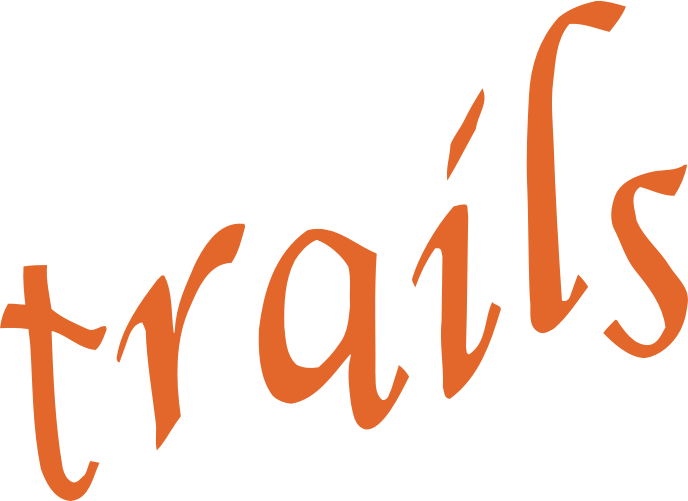-
measure Monetary Choice questionnaire
Study: Netherlands Twin Register Mode of collection: SelfAdministeredQuestionnaire Available measurements: Young Netherlands Twin Register YE_FITNSSThe Monetary Choice questionnaire is a delay discounting questionnaire in which participants are presented with a fixed set of 27 choices between smaller, immediate rewards and larger, delayed rewards.Created October 17, 2024 • Updated October 20, 2024 -
measure Early Adolescent Temperament Questionnaire - Revised (EATQ-R)
Study: Generation R Mode of collection: SelfAdministeredQuestionnaire Available measurements: Generation R 13-14 yearsThe Early Adolescent Temperament Questionnaire (EATQ) is designed to specifically tap experiences common to adolescents, and is available in self- and parent-report formats. It assesses temperament and self-regulation via adaptation of scales used in studies of children and adults. It has 10 subscales: Activation Control (the capacity to perform an action...Created October 17, 2024 • Updated October 20, 2024 -
measure Behavior Rating Inventory of Executive Function (BRIEF)
Study: Generation R Mode of collection: SelfAdministeredQuestionnaire Available measurements: Generation R 4 years 13-14 yearsThe Brief Rating Inventory of Executive Function (BRIEF) assesses parent-reported executive functions related to inhibition, shifting, emotional control, working memory and planning in children in everyday life. The BRIEF consists of 86 items that form eight subscales: Inhibit (10 items), Working memory (10 items), Shift (8 items), Emotional control (10...Created October 17, 2024 • Updated October 20, 2024 -
measure Behavioral Inhibition and Activation Scale (BIS/BAS)
Study: RADAR Mode of collection: SelfAdministeredQuestionnaire Available measurements: Old Cohort RO - W5 RO - W6 RO - W7 RO - W8 RO - W9
Young Cohort RY - W1 RY - W2 RY - W3 RY - W4 RY - W5 RY - W6The Behavioral Inhibition and Activation Scales (BIS/BAS) measure behavioral inhibition (BIS) and behavioral activation (BAS). This instrument consists of one inhibitory factor (BIS scale) and three activational factors (BAS scales). The BIS scale includes items that refer to the anticipation of punishment. The BAS scales consist of items that refer to...Created October 17, 2024 • Updated October 20, 2024 -
measure Early Adolescent Temperament Questionnaire (EATQ)
Study: TRAILS Mode of collection: SelfAdministeredQuestionnaire Available measurements: Population cohort POP - T1 POP - T3 POP - T4 POP - T5
Clinical cohort CC - T1 CC - T3 CC - T4 CC - T5The Early Adolescent Temperament Questionnaire (EATQ) is designed to specifically tap experiences common to adolescents, and is available in self- and parent-report formats. It assesses temperament and self-regulation via adaptation of scales used in studies of children and adults. It has 10 subscales: Activation Control (the capacity to perform an action...Created October 17, 2024 • Updated October 20, 2024 -
measure Early Adolescent Temperament Questionnaire-Revised (EATQ-R)
Study: YOUth Mode of collection: SelfAdministeredQuestionnaire Available measurements: Child and Adolescent 9 years 12 yearsThe Early Adolescent Temperament Questionnaire (EATQ) is designed to specifically tap experiences common to adolescents, and is available in self- and parent-report formats. It assesses temperament and self-regulation via adaptation of scales used in studies of children and adults. It has 10 subscales: Activation Control (the capacity to perform an action...Created October 17, 2024 • Updated October 20, 2024 -
measure Brief Barrat Impulsivity Scale (Brief-BIS) and risk behavior (substance (ab)use)
Study: YOUth Mode of collection: SelfAdministeredQuestionnaire Available measurements: Child and Adolescent 9 years 12 yearsThe Barratt Impulsivity Scale (Brief-BIS) is a commonly used self-report scale for the assessment of the personality construct of impulsiveness. It measures 3 theoretical subtraits, namely, attentional, motor, and non-planning impulsiveness.Created October 17, 2024 • Updated October 20, 2024





